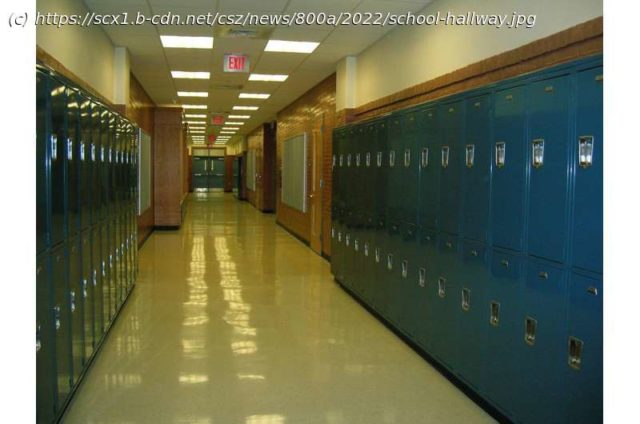Most school shootings don’t just happen out of nowhere—there are typically warning signs.
Most school shootings don’t just happen out of nowhere—there are typically warning signs.
A year before a 14-year-old boy was arrested for allegedly opening fire in his high school math class in Winder, Georgia, on Sept. 4, 2024—killing two teachers and two students—authorities visited his home to investigate several anonymous tips about online threats to commit a school shooting.
When they interviewed the boy, who was 13 at the time, he denied making the threats. The father told police there were hunting guns in the house but that the boy didn’t have « unsupervised access » to the weapons.
The FBI said in a statement on the day of the shooting that there was « no probable cause for an arrest » and that local law enforcement « alerted local schools for continued monitoring of the subject. »
Teachers at the school had been supplied with special identification cards with panic buttons a week prior to the shooting. While authorities credit the ID cards with preventing the shooting from being worse than it was, the action still came too late to stop the killings.
In many ways, the story mirrors dozens of similar stories that we, a sociologist and psychologist, have collected in recent years in our effort to study the lives of mass shooters. It typifies what we believe is one of the biggest challenges that schools face when it comes to averting school shootings: recognizing and acting upon warning signs that school shooters almost always give well before they open fire.
In our database of U.S. mass shootings since 1966—defined as incidents in which four or more victims were murdered with guns in a public location and with no connection to underlying criminal activity, such as gangs or drugs—there have now been 15 shootings at K-12 schools. The first took place in Stockton, California, in 1989.
Seven of those school shootings occurred in the past decade, including the second and third deadliest on record: Robb Elementary School in Uvalde, Texas, in 2022 (21 dead) and Marjory Stoneman Douglas High School in Parkland, Florida, in 2018 (17 dead).






